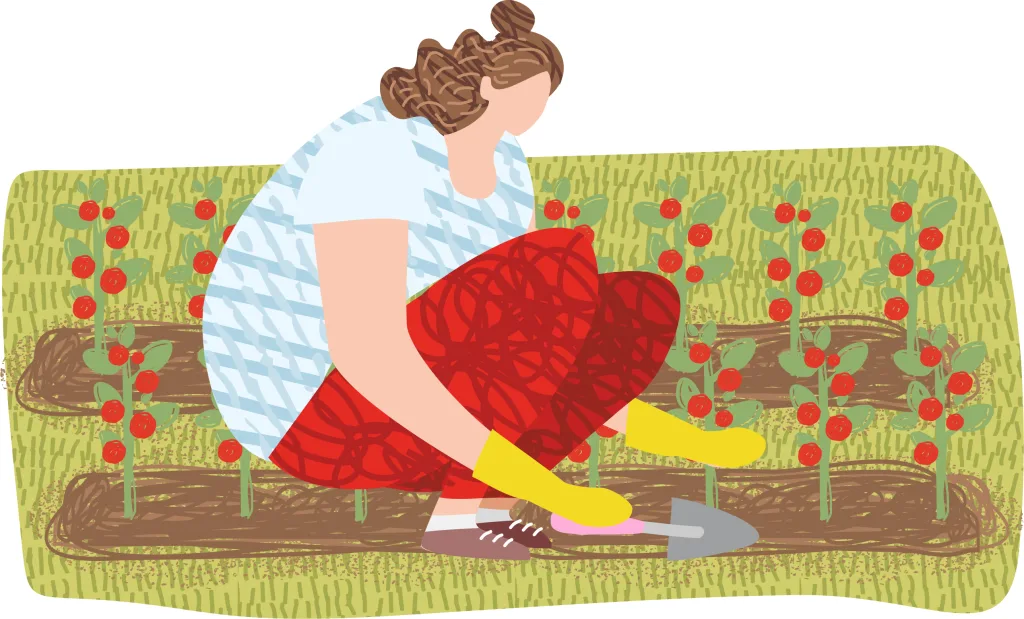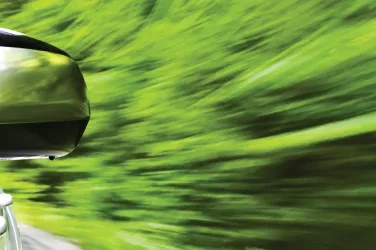
Courtesy of Family Features
Whether you’re a new homeowner ready to tackle the landscaping for the first time or a seasoned gardener looking to do some updating, when it comes to gardening, you simply need the right tools to do the job well.
Consider these tips when purchasing essentials for your tool shed.
Shovel:
A shovel with a pointed blade is a good all-around choice for digging, mixing, and moving soil. Conversely, a flat-bladed shovel should be used for “cutting” tasks such as straight-side trenches and edging. After narrowing down which style of shovel best meets your needs, check the metal to ensure it’s well-constructed and won’t bend or break easily. Check fittings such as bolts and screws to ensure the blade and handle are strongly connected and can withstand reasonable pressure. Finally, spend a few minutes testing out the tool to ensure it fits well in your hand.
Rake:
With numerous materials and shapes to choose from, finding the right rake can be intimidating. A basic fan-shaped rake with metal fingers is a universally accepted, long-lasting option. Select a model with plenty of give in the fingers if you’ll be raking large areas and don’t want to damage the ground below. A rake made of firmer metal allows you to work and smooth soil. Purchasing the broadest width you can comfortably handle will enable you to cover more ground, which means less work.
Depending on the space you’ll be tending, you may also consider purchasing a garden fork, which has fewer tines than a traditional rake and is ideal for aerating, weeding, and turning small sections of soil.

Hoe:
Whether flat or pointed, a hoe is essential for a weed-free garden. Flat versions can also be useful for breaking up clumps and hard spots on the surface, while pointed hoes make quick work of rows and mounds to protect and irrigate your plantings.
Shears:
A variety of shears are available to accomplish a wide range of garden tasks. Larger shears are ideal for big jobs such as shaping hedges, while smaller pruning shears are meant for snips and sprucing. Quality metal and sharp blades are important features. Be sure to choose a model with a safety latch to lock blades when not in use.
Gloves:
Even if you eagerly embrace the chance to get your hands dirty, no tool shed is complete without a sturdy pair of gloves. Choose a material tough enough to protect from thorns but pliable enough to allow for unrestricted movement. Proper fit is crucial in avoiding blisters.
Find more gardening tips and advice at eLivingtoday.com.
Read more about gardening and plants HERE on LivingMagazine.net










